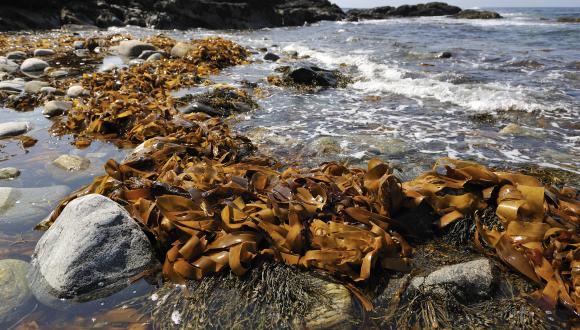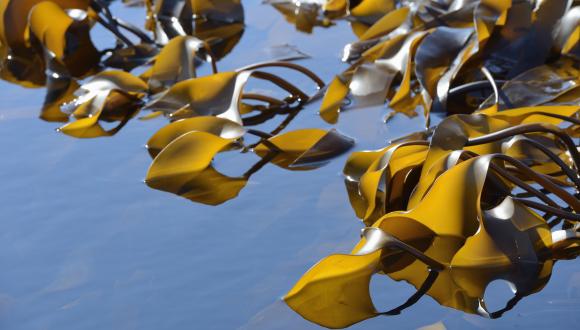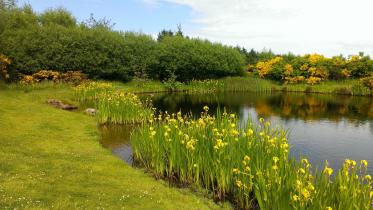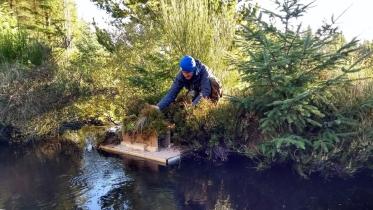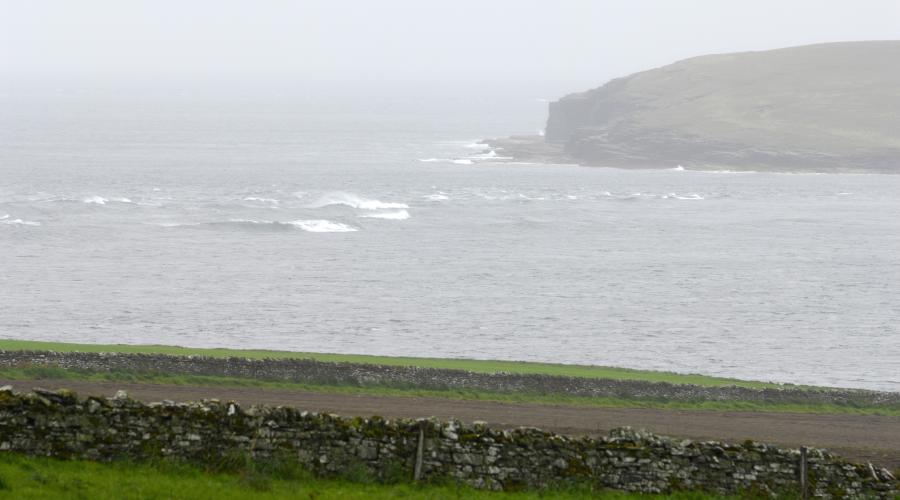
Tideswept channels
The tidal streams that flow through the sounds and channels of Scotland’s complex coasts breathe life into the seabed.
Tideswept channels can be ‘hotspots’ for marine life, whether they feature gentle drifts or raging maelstroms, and shallow gravel or deep bedrock.
In these places, the tidal currents and topography result in complex seabeds that can support a diverse range of animals and plants. The tidal streams also bring food and oxygen to nourish the marine life.
Strong tidal streams occur at constrictions in the coastline, for example:
- at the entrance to a sea loch
- between islands
- between islands and the mainland
Fine, muddy particles are carried away, leaving seabeds of coarse materials – gravel, pebbles and boulders – and bedrock that’s been sandblasted in places by sand and gravel.
Tideswept channels contain many habitats and species that are priority marine features in Scotland’s seas. These include maerl beds, flame shell beds and horse mussel beds and tide-swept algal communities. Information on where some of these features are found is at Scotland’s National Marine Plan Interactive (NMPi).
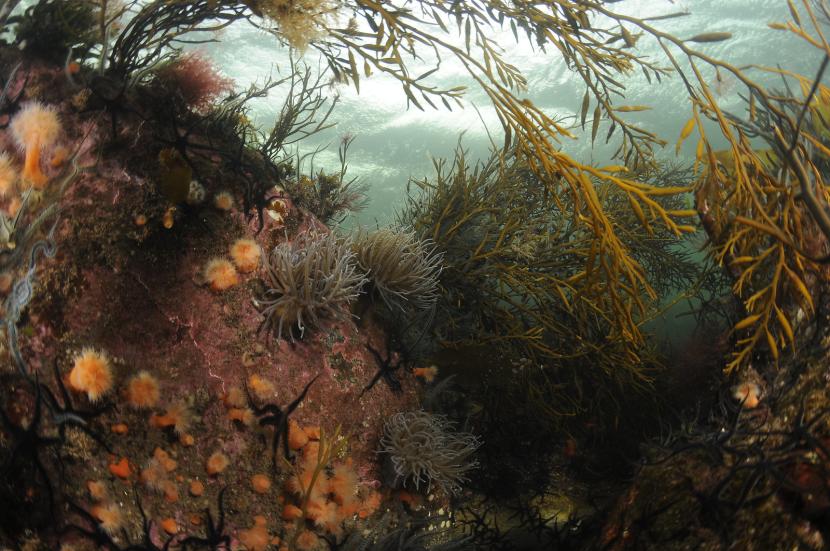
Snakelocks and plumose anemones under a canopy of sea oak. © Ben James/NatureScot
Marine life in tideswept channels
In shallow water, seaweeds thrive in strong currents:
- kelps and sea oak (Halidrys siliquosa) grow very long on bedrock and boulders – and colourful sponges wrap around their holdfasts (bases)
- a characteristic range of red, green and brown seaweeds grow on pebbles and shells in sand and gravel – sometimes in dense meadows
- patches of eelgrass and maerl may develop – together with burrowing anemones and tubeworms, while molluscs and urchins lie buried beneath
Below 15–20m, where there’s less light for seaweeds to grow, animals dominate. Where tidal currents along bedrock and boulders are too strong for grazing urchins to cling on, we find:
- a dense animal ‘turf’ of sea mosses, anemones, sponges and barnacles – which may completely cover rocks
- large brown and velvet crabs occupy crevices
- dense beds of brittlestars often cover the channel base
Horse mussels and flame shells may create living reefs – a home for many other small animals and feeding grounds for juvenile fish. These biogenic reefs stabilise the sandy sediments which they cover and increase biodiversity and productivity of the ecosystem.
Threats to tideswept channels
Tideswept channels have long been refuges from human activities. But this situation is changing as Scotland’s marine renewables industry develops.
Developers keen to explore the potential for tidal stream energy generation have shown great interest in the proposed leasing of areas of seabed in the Pentland Firth. This is one of Scotland’s best-known tideswept channels.
Protection of tideswept channels
Tideswept channels contain several Priority Marine Feature, many of which are protected, and in some sites tidalswept channels are themselves the protected feature.
More information on the sites and how they are managed can be found at NatureScot’s Sitelink. For a number of sites detailed survey and monitoring reports also exist.
